This edition of Garden Culture Magazine is all about how the pros grow, and we are lucky to have more than a few expert gardeners on our team of writers. Their articles have already offered insight into what makes their gardens tick, but we’d like to leave you with some final words of wisdom to help you boost your growing game! Enjoy our list of 5 Cool Gardening Tips Everyone Should Know.
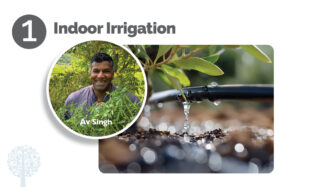
Indoor Irrigation
“In controlled environment agriculture, proper watering is often overlooked,” says Garden Culture’s Av Singh, PhD, and regenerative gardening advocate. “Whether growing in coco, stone wool, or living soil, watering is critical for proper gas exchange at the roots, nutrient uptake, and microbial life.” What’s the answer to consistent and uniform re-saturation? An irrigation system! Growers can adjust flood heights and drip times to apply the appropriate amount of water as they steer their plants through all growth phases. Hand watering is also possible, but inconsistencies throughout the crop are more likely. Researching the ins and outs of proper irrigation is critical. “The use of wetting agents, good quality water at the right temperature, and adequate dissolved oxygen goes a long way in the health of your plants,” Av explains.
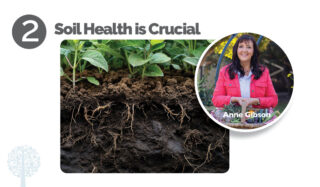
Soil Health is Crucial
Everything begins with the soil; if your dirt isn’t top shape, your plants will never reach their full potential. “My number one growing rule is “Soil health = plant + human health,” says our long-time contributor and gardening pro Anne Gibson. “Biologically active, fully mineralized soil is the basis for growing pest and disease-resistant plants, especially edibles.” We recommend building a living organic soil, beginning with ingredients like peat moss, coconut coir, leaf mold, or partially composted pine bark as a base. The base accounts for one-third of the mix. Next, select a blend of perlite, rice hulls, or volcanic rocks for aeration and moisture retention. The final third of the soil mix should be excellent quality, well-rotted compost. Additional organic amendments and minerals will further enrich the soil and help balance pH; consider alfalfa, hemp, barley, guano, blood and bone meal, kelp, or crushed oyster shells. “Even if your soil has all 17 elements for healthy growth, optimum nutrient uptake is pH-dependent,” Anne says. “I aim for a 6.4 soil pH to maximize mineral nutrition.”
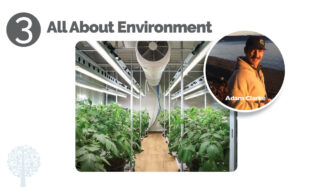
All About Environment
“Environment, environment, environment! If your room isn’t maintaining conditions, you will never grow your crop to its potential,” explains our friend, writer, and grow room consultant Adam Clarke. Ensuring your room has quality and adequately maintained HVAC equipment is crucial. Think of the HVAC system as the heart of your grow room; the quality of the air and general environmental conditions depend on this machine. Unfortunately, Adam says most growers don’t sanitize or service their equipment, which can lead to mold and other diseases that result in crop death. Most air handlers, mini splits, or other HVAC systems come with factory-equipped filters that need constant maintenance. Inspect your filters every month; most of the room’s air runs through these units, so that’s where you’ll find any bugs, mold, or particulates. If you do find some problems while inspecting the filters, don’t stress. “Most issues can be fixed and paid for in a single crop, assuming the HVAC isn’t complete junk,” reassures Adam.
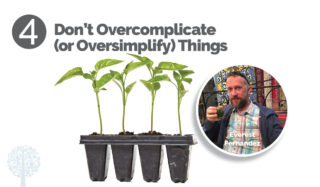
Don’t Overcomplicate (or Oversimplify) Things
Whether growing in soil, peat, or coco, the function of any substrate is to allow plants to put down some roots and support growth. It’s common for new gardeners to be intimidated by growing media other than soil. However, Garden Culture contributor and seasoned grower Everest Fernandez encourages people to try other growing methods. “Beginners often oversimplify organic growing and overcomplicate hydroponics/soilless,” he says. “I’d encourage beginners to embrace soilless potting mixes first. If you run into difficulties (e.g. low humidity), you can plug in a humidifier—but what if your humidifier breaks or you don’t have one? Soil growers are stuck with dimming lights as their only real option, whereas soilless folks can reduce the concentration of their nutrients.” Soilless media retains moisture and lets the gardener control nutrients and fertilising for optimal plant growth. Modern farming practices have tapped into the benefits of using inert, soilless media to allow for more crop precision. It’s worth a try at home, too!
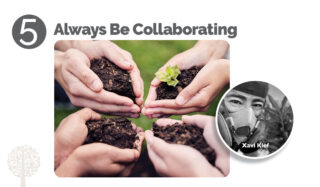
Always Be Collaborating
There are so many relationships at play when growing plants; recognizing and appreciating every one of them can make gardening much more meaningful and almost spiritual! Our Xavi Kief grows food and medicine for their family and community while striving to deepen their connection with the living planet and all of its inhabitants. “Always Be Collaborating,” Xavi says. “You’re never cultivating in a vacuum, so whether combining experience and resources with other growers or celebrating community with microbial, plant, and animal companions, honor the uncountable generations that persisted to bring you all together in the present moment. Share the struggles and the successes!” It’s spiritual, and we dig it.





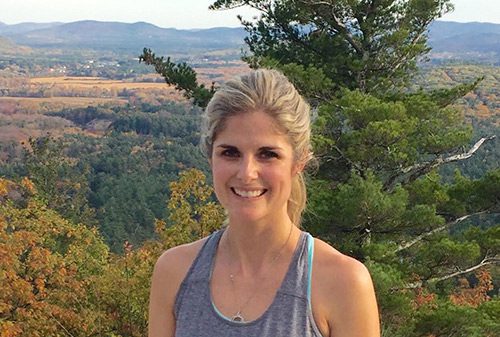
One Response
These tips make growing plants easier and more efficient. Great advice for both beginners and experienced gardeners alike!
Eartheasy